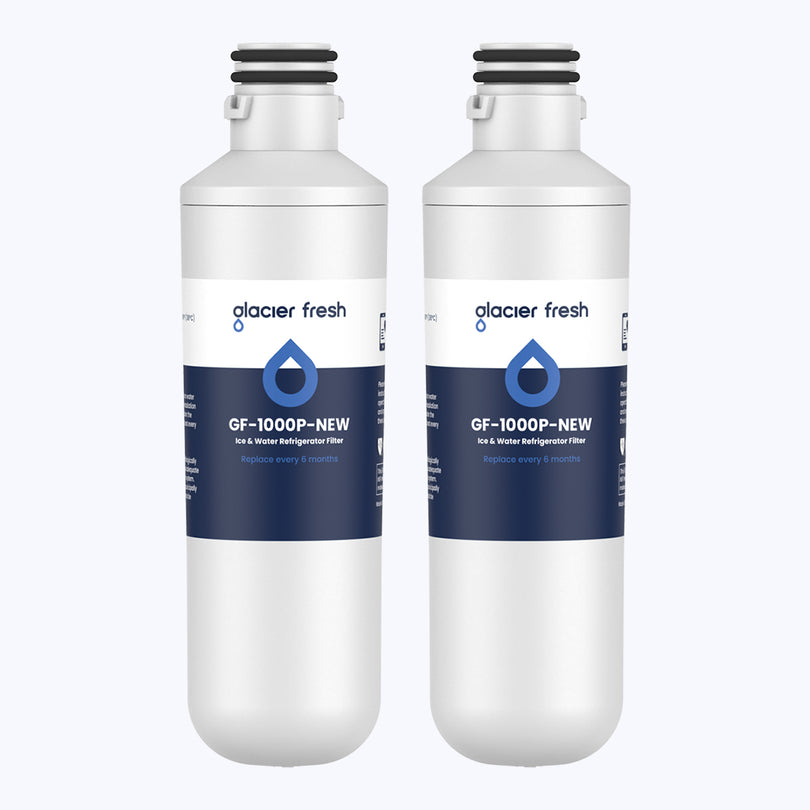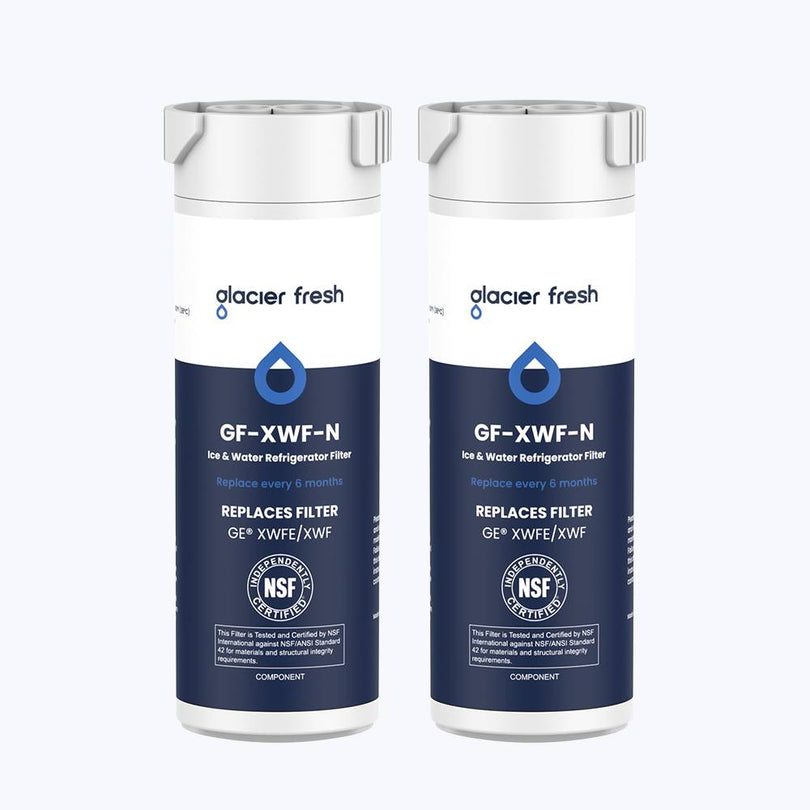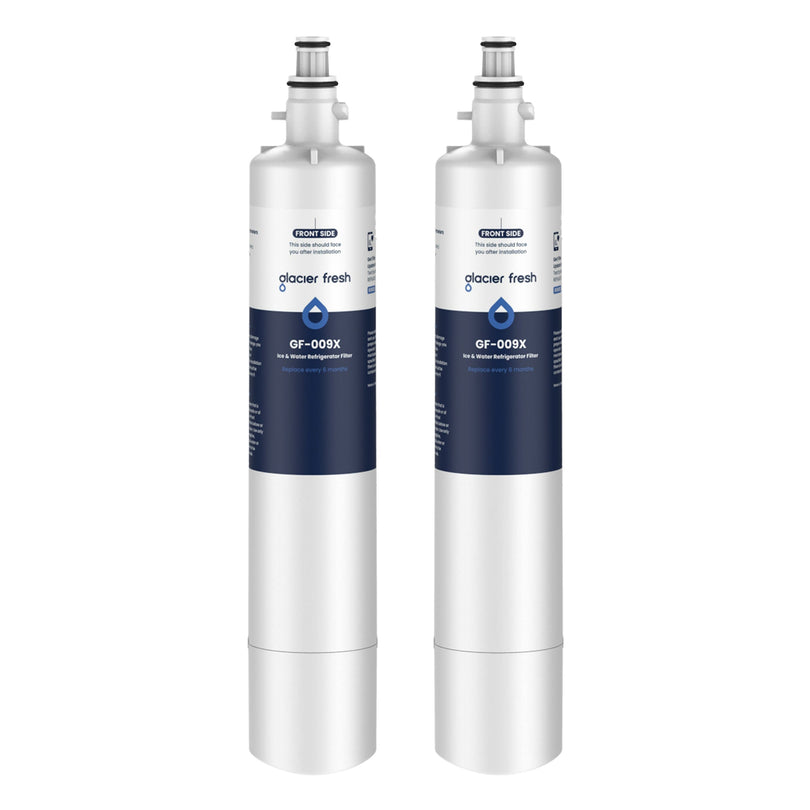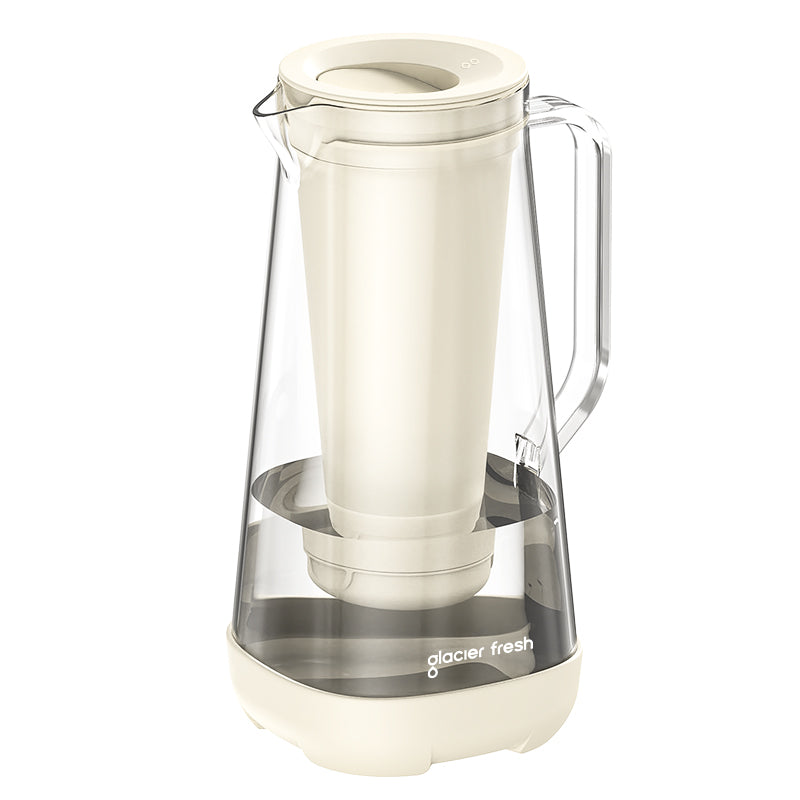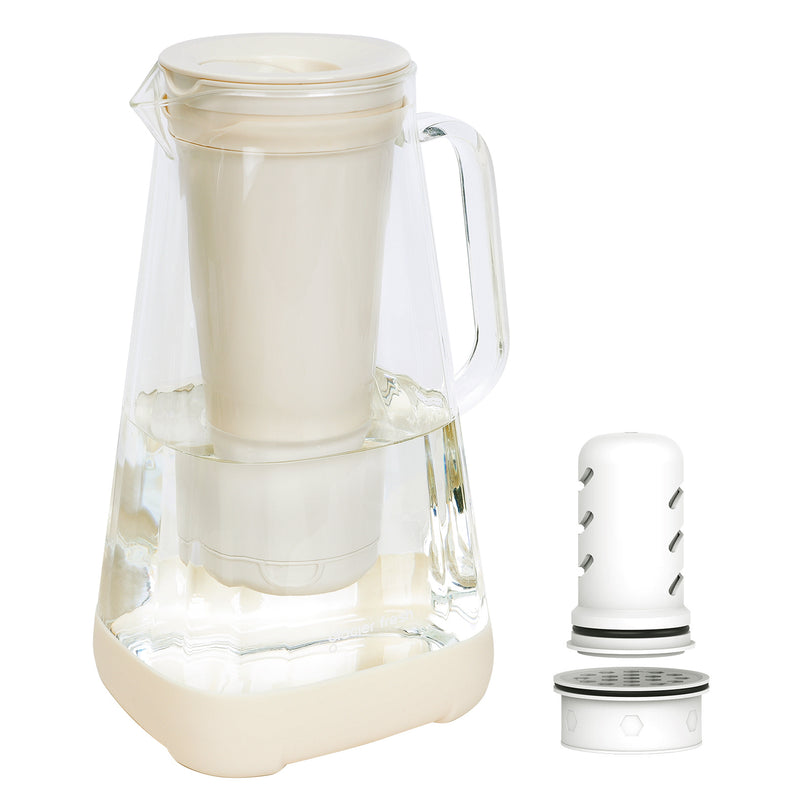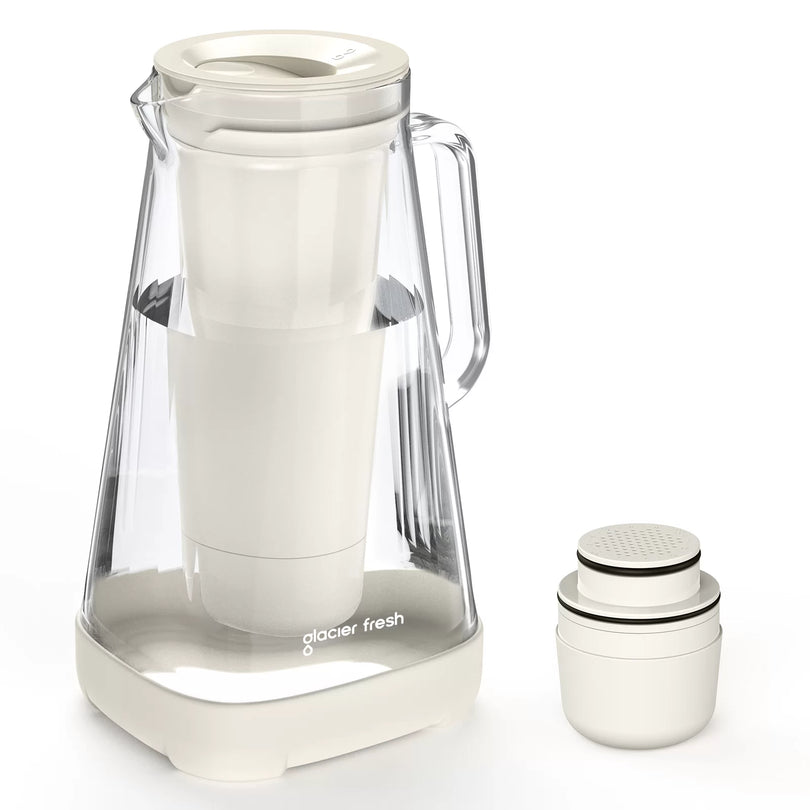Table of Contents:
US-Wasser in Gefahr
Steigende Wasserrechnungen
Fakten zum Wasserverbrauch in den USA
Warum wird für Wasser eine Gebühr erhoben?
Arten von Wassertarifstrukturen
Die Wasserkrise in den USA
Eine Wasserkrise, die die gesamten USA betrifft
Abschluss
Meta-Beschreibung: Die durchschnittlichen Wasserkosten in den USA sind in den letzten Jahren stark gestiegen. Sehen Sie sich die durchschnittlichen Wasserrechnungen 2022 pro Großstadt und Bundesstaat an, um die Erhöhungen zu sehen.
Der Klimawandel betrifft nicht nur Entwicklungsländer, sondern hat auch verheerende Auswirkungen auf die USA. Im letzten Jahrzehnt haben der steigende Meeresspiegel, verheerende Waldbrände und Dürren in den USA verheerende Schäden angerichtet. Die Wasserknappheit erreicht schnell kritische Ausmaße, und die Bürger tragen die Hauptlast. Ein kurzer Blick auf die folgenden Statistiken verdeutlicht das Ausmaß der Krise und die steigenden Wasserpreise in den USA:
- In 17 US-Bundesstaaten besteht ein hohes oder extrem hohes Wasserrisiko.
- Bis 2022 werden die Einnahmen aus Wasser-, Abwasser- und anderen Systemen in den USA 14,7 Milliarden US-Dollar betragen.
- West Virginia hat mit 105 US-Dollar pro Monat die höchsten Durchschnittspreise des Landes . In North Carolina beträgt der monatliche Wasserpreis 20 US-Dollar.
- Der durchschnittliche Amerikaner verbraucht pro Person und Tag etwa 82 Gallonen Wasser.
- Zwischen 2010 und 2018 stiegen die Wasserrechnungen in den USA um mindestens 27 %.
- Die staatlichen Zuschüsse für die öffentlichen Wasserversorgungsunternehmen, die fast 90 Prozent der US-Bevölkerung versorgen, sind drastisch gesunken.
- In Staaten mit einer Regulierung, die private Investoren begünstigt, sind die Wasserpreise höher.
- Mehr als zwei Millionen Menschen in den USA leben ohne grundlegende Sanitäranlagen.
- Die Infrastruktur Amerikas erhielt für 16.000 Kläranlagen die Note D+ .
Bei genauerer Betrachtung dieser Statistiken und ihrer Ursachen zeichnet sich ein noch klareres Bild der US-Wasserkrise. Die Fakten sind ernüchternd, und jeder in den USA sollte verstehen, warum Wasser heute und in Zukunft eine kostbare Ressource ist.
US-Wasser in Gefahr

Kite und Key Media berichten, dass das Water Resources Institute davor gewarnt hat, dass in 17 US-Bundesstaaten ein „hohes oder extrem hohes Wasserrisiko“ besteht. Dies bedeutet, dass die lokalen Wasserversorger in diesen Bundesstaaten bald nicht mehr in der Lage sein werden, den Grundbedarf der Bevölkerung an Wasser zu decken. Mit Grundbedarf ist dabei nicht nur die Versorgung mit sauberem Trinkwasser oder Wasser zum Baden, Putzen und für andere Haushaltszwecke gemeint.
Die Wasserversorgung in den USA wirkt sich auch auf die Abwasserentsorgung aus – ein Hinweis darauf, dass eine noch größere Gesundheitskrise droht. Statista prognostizierte, dass die US-Einnahmen aus Wasser und Abwasser bis 2022 bei etwa 14,7 Milliarden US-Dollar liegen werden ; diese Zahl scheint im Plan zu liegen. Mit zunehmender Wasserknappheit steigen auch die Kosten für diese kostbare Ressource, und einige Bundesstaaten zahlen bereits einen hohen Preis dafür, und andere werden voraussichtlich folgen.
Steigende Wasserrechnungen
Die durchschnittliche monatliche Wasserrechnung ist in den USA nicht einheitlich und schwankt je nach Bundesstaat stark. Laut Statista hat West Virginia mit 105 Dollar pro Monat die höchsten Durchschnittspreise des Landes . Zum Vergleich: North Carolina kostet Wasser monatlich 20 Dollar. Die durchschnittliche Wasserrechnung der einzelnen Bundesstaaten weist eine Diskrepanz von fast 100 Dollar auf.
Durchschnittliche Wasserrechnungen pro Bundesstaat:

Fakten zum Wasserverbrauch in den USA
Neben der mangelnden Einheitlichkeit der durchschnittlichen Wasserrechnungen in den USA verwenden staatliche und kommunale Versorgungsunternehmen unterschiedliche Einheiten zur Messung des Wasserverbrauchs. Unabhängig von Tarifen und Berechnungen verbraucht der durchschnittliche Amerikaner jedoch etwa 330 Liter Wasser pro Person und Tag, was einem Verbrauch von etwa 38.000 Litern pro Monat für eine vierköpfige Familie entspricht. In einem freistehenden Haus mit Garten wird der meiste Wasserverbrauch im Freien verbraucht, gefolgt von Toiletten, Waschmaschinen, Duschen, Wasserhähnen und Leckagen.
Der Wasserverbrauch ist in den verschiedenen Regionen der USA jedoch sehr unterschiedlich, was hauptsächlich auf die unterschiedlichen Wetterbedingungen und das Klima zurückzuführen ist. Die trockeneren Gebiete im Westen und Südwesten verbrauchen mehr Wasser, da sie auf Bewässerung angewiesen sind, während es im Osten der USA reichlich regnet. Das bedeutet, dass Wasser in Kalifornien immer mehr kostet als in Colorado. Im Sommer ist der Wasserverbrauch tendenziell höher, und die Versorgungsunternehmen müssen in der Lage sein, die gesamte Gemeinde mit Wasser zu versorgen. In besonders heißen Zeiten können die Versorgungsunternehmen Wasserbeschränkungen für die Gartenbewässerung einführen.
Der durchschnittliche Wasserverbrauch in den USA ist im weltweiten Vergleich hoch. Schätzungsweise werden täglich 1142 Milliarden Liter Frischwasser verbraucht. Der durchschnittliche Wasserverbrauch pro Person beträgt 340 Millionen Liter pro Tag. In Gebieten wie dem trockenen Südwesten der USA liegt dieser Verbrauch jedoch bei über 760 Millionen Litern pro Person und Tag. Die größten Wasserverbraucher sind jedoch die Landwirtschaft und die Energieerzeugung. Sie verbrauchen zwei Drittel des täglichen Wasserverbrauchs der USA.
Warum wird für Wasser eine Gebühr erhoben?

Wasserversorgungsunternehmen erheben Wassergebühren für die Instandhaltung ihrer Infrastruktur. Diese Infrastruktur umfasst Speichertanks, Kläranlagen und Chemikalien sowie unterirdische Leitungen, die Haushalte und Unternehmen mit Wasser versorgen. Auch das Personal, das die Infrastruktur betreibt, muss bezahlt werden.
Arten von Wassertarifstrukturen
In den USA gelten unterschiedliche Tarifstrukturen. Die gängigsten Strukturen sind:
Pauschalgebühr
A Eine Pauschalgebühr ist eine Tarifstruktur, bei der allen Kunden unabhängig vom Wasserverbrauch der gleiche Betrag berechnet wird. Diese Gebührenstruktur „alten Stils“ wird heute kaum noch angewendet, da sie als ineffizient gilt und nicht zu einem sparsamen Umgang mit Wasser beiträgt.
Einheitlicher Satz
Der Einheitstarif ist ein gleichbleibender Preis pro Einheit für alle gemessenen Wassereinheiten, die das ganze Jahr über verbraucht werden. Für den privaten und industriellen Verbrauch gelten unterschiedliche Tarife. Bei diesem Tarif variiert Ihre Wasserrechnung je nach Ihrem Wasserverbrauch.
Blockrate
Beim steigenden Blocktarif wird für jeden nachfolgenden Nutzungsblock ein höherer Einheitspreis berechnet als für den/die vorherigen Block(s). Dieser Tarif fördert die Wassereinsparung und wird in Gebieten mit begrenzter Wasserversorgung angewendet. Bei den fallenden Blocktarifen handelt es sich um das genaue Gegenteil. Hier wird für jeden nachfolgenden Nutzungsblock ein niedrigerer Einheitspreis berechnet als für den/die vorherigen Block(s). Dieser Tarif wird häufig in ländlichen Gebieten mit großen landwirtschaftlichen Betrieben oder Regionen mit hohem Wasserverbrauch (z. B. Industrie) angewendet, wo Wasser im Überfluss vorhanden ist.
Saisonpreis
Saisonale Tarife gelten zu bestimmten Zeiten. Sie sollen den Wasserverbrauch während der Spitzenverbrauchszeiten im Sommer und den Verbrauch im Winter senken.
Dürrerate
Die Dürreraten ähneln den oben genannten, aber anstatt während des gesamten Zeitraums höhere Raten anzuwenden, werden die Raten je nach Dürregrad des Gebiets angepasst. Höhere Dürre bedeutet höhere Wasserkosten.
Wasserbudgetbasierte Tarife
Wasserbudgetbasierte Tarife geben Haushalten ein Wasserbudget vor. Wenn die Nutzer ihr Budget einhalten, wird ihnen ein bestimmter Tarif berechnet. Wird das Budget überschritten, werden höhere Tarife festgelegt.
Die Wasserkrise in den USA

Bereits 2018 warnten Experten vor einer Wasserkrise in den USA. Der Guardian zitiert den führenden Versorgungsanalysten Roger Colton mit der Aussage, dass die Wasserrechnungen in den USA zwischen 2010 und 2018 um mindestens 27 % gestiegen seien . Coltons Bericht besagt, dass in Austin, Texas, die durchschnittliche jährliche Wasserrechnung von 566 Dollar im Jahr 2010 auf 1.435 Dollar im Jahr 2018 gestiegen sei. Das ist ein schockierender Anstieg von 154 %. Die Krise wurde zusätzlich dadurch verschärft, dass die staatlichen Hilfen für öffentliche Wasserversorgungsunternehmen, die fast 90 % der US-Bevölkerung versorgen, drastisch zurückgingen. Dass diese Kürzungen der Hilfen gleichzeitig mit Umwelt- und Gesundheitsgefahren sowie extremen Klimaereignissen erfolgten, verschärfte die Krise zusätzlich.
Dann kam die Pandemie im Jahr 2020, die zu Stillständen, Lieferkettenproblemen sowie erheblichen Kostensteigerungen und Inflation führte. Dies führte dazu, dass die meisten Wasserversorgungsunternehmen – öffentliche wie private – um die Aufrechterhaltung einer sicheren Wasserversorgung und die Erhaltung der maroden Infrastruktur kämpften. Diese Kombination ist der Hauptgrund für die hohen Wasserrechnungen in den USA. Es gibt jedoch noch weitere Faktoren, die dazu beitragen:
Private Systeme treiben die Preise in die Höhe
Private Wasserversorgungssysteme sind teurer, insbesondere in Bundesstaaten, die Investoren und Bauträger bevorzugen. Gemeinden mit höherer Armutsrate und alternder Infrastruktur benötigen Unterstützung bei der Bezahlung hoher Wasserrechnungen, und viele bedürftige Haushalte haben Schwierigkeiten, ihre Rechnungen zu bezahlen. Ein Forschungsartikel des World Water Council aus dem Jahr 2022 untersuchte die 500 größten kommunalen Wasserversorgungssysteme der USA. Ziel war es herauszufinden, ob der Besitz eines Wasserversorgungssystems mit den jährlichen Wasserrechnungen zusammenhängt und wie viel Prozent ihres Einkommens einkommensschwache Haushalte für Wasser ausgeben.
Die Studie zeigte, dass bei den größten Wasserversorgungssystemen privater Besitz tatsächlich zu höheren Wasserpreisen führte, die insbesondere Familien mit niedrigem Einkommen trafen. In Bundesstaaten mit anbieterfreundlichen Regelungen erheben die Wasserversorger deutlich höhere Gebühren. Der Bericht stellte zudem fest, dass die Erschwinglichkeitsprobleme in Gemeinden mit höherer Armut und älterer Infrastruktur schwerwiegender seien. Der Bericht kam zu dem Schluss, dass die Wasserpolitik Eigentums- und Regulierungsfragen angehen und neue Wege finden müsse, um Wasser für einkommensschwache Menschen erschwinglich zu machen.
Inflation & steigende Kosten
Die steigende Inflation treibt zweifellos die Kosten für Wasserinfrastrukturprojekte sowie für Waren und Dienstleistungen in die Höhe. Für einen Dollar bekommt man nicht mehr das, was man früher einmal konnte. Die Kosten für Arbeitskraft, Ausrüstung und Materialien sind stark gestiegen. Viele Wasseranalysten befürchten, dass die Wasserversorgungsunternehmen trotz staatlicher Investitionen und Hilfen den Wasserbedarf des Landes nicht decken können . So müssen beispielsweise die Bleileitungen in Michigan dringend ausgetauscht werden. Die Kosten für den Austausch übersteigen jedoch bei weitem die Budgets, sodass die Wasserversorgungsunternehmen den Arbeitsumfang reduzieren müssen, was zu Verzögerungen beim Austausch defekter Rohre führt.
Obwohl der American Rescue Plan Act 350 Milliarden US-Dollar für die Reparatur der Wasser- und Abwasserinfrastruktur an staatliche, lokale und Stammesbehörden bereitstellte, stecken die Wasserversorgungsunternehmen in Schwierigkeiten. Die Preise für Edelstahl, der Bestandteil vieler Wassersysteme ist, schossen nach dem russischen Einmarsch in die Ukraine in die Höhe, da Russland Nickel, einen Edelstahlbestandteil, produziert. Auch die Kosten für Rohre und Leitungen der Wasserinfrastruktur, wie Beton-, Kupfer-, Stahl- und PVC-Rohre, sind inflationsbedingt sprunghaft gestiegen. Komponenten wie Mikrochips für Wasserpumpen, Chlor und andere Chemikalien sind ebenfalls teurer geworden, manche um bis zu 20 %.
Eine Wasserkrise, die die gesamten USA betrifft
Wasser ist ein nationales Problem, und nicht nur Michigan ist mit Herausforderungen und Einschränkungen konfrontiert. Der Council of Infrastructure Financing Authorities, der die staatlichen Behörden vertritt, die Kredite für die Wasserinfrastruktur verwalten, gibt an, dass Wasserprojekte in allen Bundesstaaten mit höheren Kosten verbunden sind. Fehlende Finanzmittel für arme Menschen verschärfen die Wasserkrise zusätzlich. Das Time Magazine berichtete, dass trotz der Tatsache, dass die USA zu den reichsten Ländern der Welt gehören, schockierende zwei Millionen Menschen ohne grundlegende Sanitäranlagen leben .
Ein Bericht in Nature aus dem Jahr 2021 stellte außerdem fest, dass fast eine halbe Million ländlicher Haushalte in den USA über keine vollständige Wasserversorgung verfügten, während es in vielen städtischen Gemeinden an sauberem Wasser mangelte. Viele Teile der USA benötigen Zugang zu sauberem Trinkwasser, sanitären Einrichtungen und aufbereitetem Abwasser. Darüber hinaus leiden viele ländliche und städtische Gemeinden unter verschmutztem Wasser und unzureichender Abwasserbehandlung.
Ein Zeugnis der American Society of Civil Engineering aus dem Jahr 2021 zur amerikanischen Infrastruktur vergab für die über 16.000 Kläranlagen des Landes die Note D+ . Viele dieser Anlagen hatten ihre Kapazitäten erreicht oder überschritten. Die Trinkwasserinfrastruktur in den USA erhielt mit der Note C eine geringfügig bessere Bewertung . Diese Vernachlässigung und die damit verbundenen Rückstände hätten zu keinem schlechteren Zeitpunkt kommen können.
Das Forschungszentrum Just Security der NYU School of Law erklärte 2021, wie extreme Wetterereignisse aufgrund der globalen Erwärmung zu weiteren Ausfällen unzureichender und schlecht gewarteter Infrastruktur führen. Manche bezeichnen diese Unachtsamkeit sogar als „Umweltrassismus“, da die ärmeren afroamerikanischen Gemeinden diese Last tragen.
Abschluss
Da schockierende Klimaereignisse wie Überschwemmungen, Waldbrände, Tornados, steigende Meeresspiegel und schmelzende Gletscher voraussichtlich anhalten werden, werden die lokalen US-Behörden weiterhin Schwierigkeiten haben, den Bedarf der Bevölkerung an Trinkwasser zu decken. Der Klimawandel wirkt sich nicht nur auf die globale Umwelt aus, sondern auch negativ auf unseren aktuellen und zukünftigen Lebensstil, unsere Gesundheit, unsere Wirtschaft und unseren Geldbeutel. Angesichts der steigenden durchschnittlichen Wasserrechnung in den USA ist Wassersparen kein Thema mehr. Es ist etwas, das wir tun müssen.


